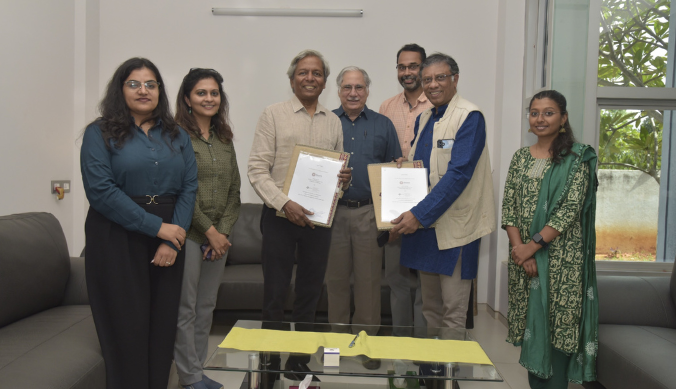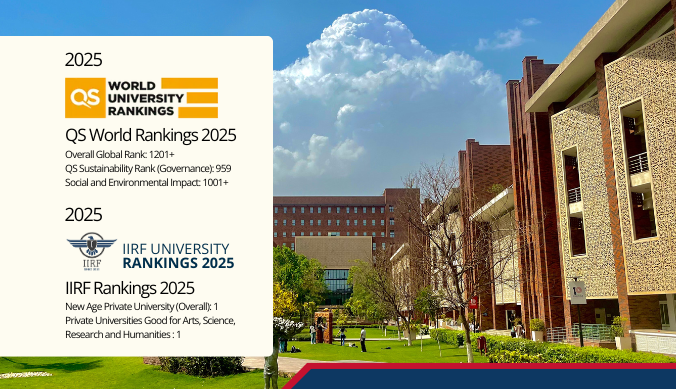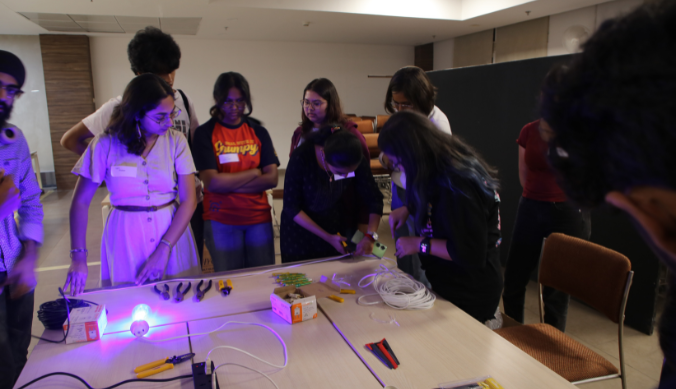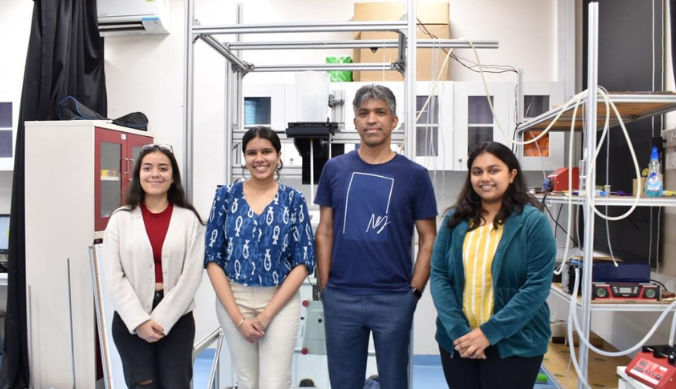Beyond the Gates: Ashoka’s Odyssey through the Streets of Delhi
Eshani Arora transports us beyond books in the spirit of exploring the lively markets and street corners that define the Ashokan experience
Ashoka University is located in the remote area of Sonipat, where the winds of academia blow as strongly as the sporadic dust storm. Do not get me wrong– Ashoka is a refuge for the intellectually inclined, a cradle for the next generation of leaders and thinkers and, let us face it, the perpetually sleep-deprived. This prestigious institution, which is sometimes misinterpreted as a tranquil haven, is a place where dreams go dormant, and students must fend for themselves in search of intellectual stimulation or, at the very least, for a decent cup of chai. It is no secret that students travel to the abuzz havens of Majnu Ka Tila, Khan Market, and Kamla Nagar after campus gates close, where the quest for knowledge frequently yields to the pursuit of momos and chai.
Stepping outside Ashoka’s revered halls is like entering a different world. Majnu Ka Tila is the place where students go when they want to get away from the shackles of academic rigidity because of its labyrinthine alleys and fragrant restaurants. It is more than just a location; it is a mindset—a release from routine, a sanctuary from the deluge of books and assignments. Coursework is forgotten in Majnu Ka Tila, and the most pertinent question to ask becomes, “Paneer or chicken momos today?” Not only do delicious momos provide comfort, but students also find comfort in the freedom to be someone other than a hardworking nerd. The haunting echoes of philosophical debates in the air, the distant wails of students buried under piles of assignments, and the solemn rustle of the wind through the pages of unread textbooks are replaced by laughter reverberating through the narrow lanes as discussions about the best street food joints reignite buried passions. It’s a place where the pursuit of knowledge takes a backseat to the pursuit of happiness, if only for a fleeting moment.
Often praised as the upscale paradise for shopaholics, Khan Market has become a Mecca for individuals in dire need of retail therapy. Put away your textbooks; the only things on this “to-do” list are browsing upscale stores, drinking speciality coffee, and thinking about the significant matters in life, like “Can I pull off those sunglasses?” In addition to tangible goods, the market provides an opportunity to temporarily escape the approaching abyss of term exams. Here, if only for an afternoon, students don trendy clothes instead of their scholarly robes. The little lanes open into runways, and each storefront is a possible treasure trove waiting to be discovered.
Then there is Kamla Nagar, a busy locality where each student has overnight developed an exquisite palate for street cuisine. Though the menu at the college cafeteria tries to please a wide range of cravings, nothing compares to the charms of the momo stalls, aloo tikki vendors, and the fabled Tom Uncle’s Maggi point. It is a culinary adventure that infuses flavour into the otherwise monotonous academic routine, not just a means of satiating hunger. Suddenly, the world is filled with hues, scents, and the distant sound of retailers yelling about their wares. It is a break from the routine, a moment to rediscover the joy in spontaneity.
Beyond the confines of the college, the experiences are more about creating memories and ties to one another than they are about the locations. Kamla Nagar’s bustling streets are the scene of love stories blooming amid the chaos, friendships strengthened over plates of steaming hot momos and shopping sprees. The Paani Puri rivalry is just as intense as any debate in academia. A well-fed student is, after all, a happy student, and a happy student can face even the most laborious academic challenges with a smile, or at the very least, a full belly. The unstated objective of every student is to not only graduate but also to amass a wealth of anecdotes that will be talked about for years to come at reunions.
As a result, Ashoka University students embark on these trips in search of a part of themselves outside of the academic bubble, in addition to eating, shopping, and relaxing. These along with other places in Delhi are more than just landmarks; they are the places that punctuate the story of an Ashokan college student. Ultimately, these out-of-campus experiences support Ashoka’s promise of a holistic education. The knowledge acquired in the bustling streets of Majnu Ka Tila, the sophistication taken in Khan Market, and the unadulterated authenticity found in Kamla Nagar all add to the lessons taught in the classroom.
Visits to these vibrant marketplaces serve as a lifeline and a reminder that life is about more than just grades and GPA when you are drowning in existential dread. The next time you are buried under a mountain of textbooks at Ashoka, keep in mind that beyond the gates are lively, pulsating realms of bustling shoppers’ stops and street food, ready to provide not just a dose of relief but an alternative kind of education that adds a dash of spontaneity, a pinch of memorabilia, and a touch of humour to the academic journey.
(Written by Eshani Arora, a psychology major from the undergraduate batch of 2025 at Ashoka University)
Study at Ashoka












